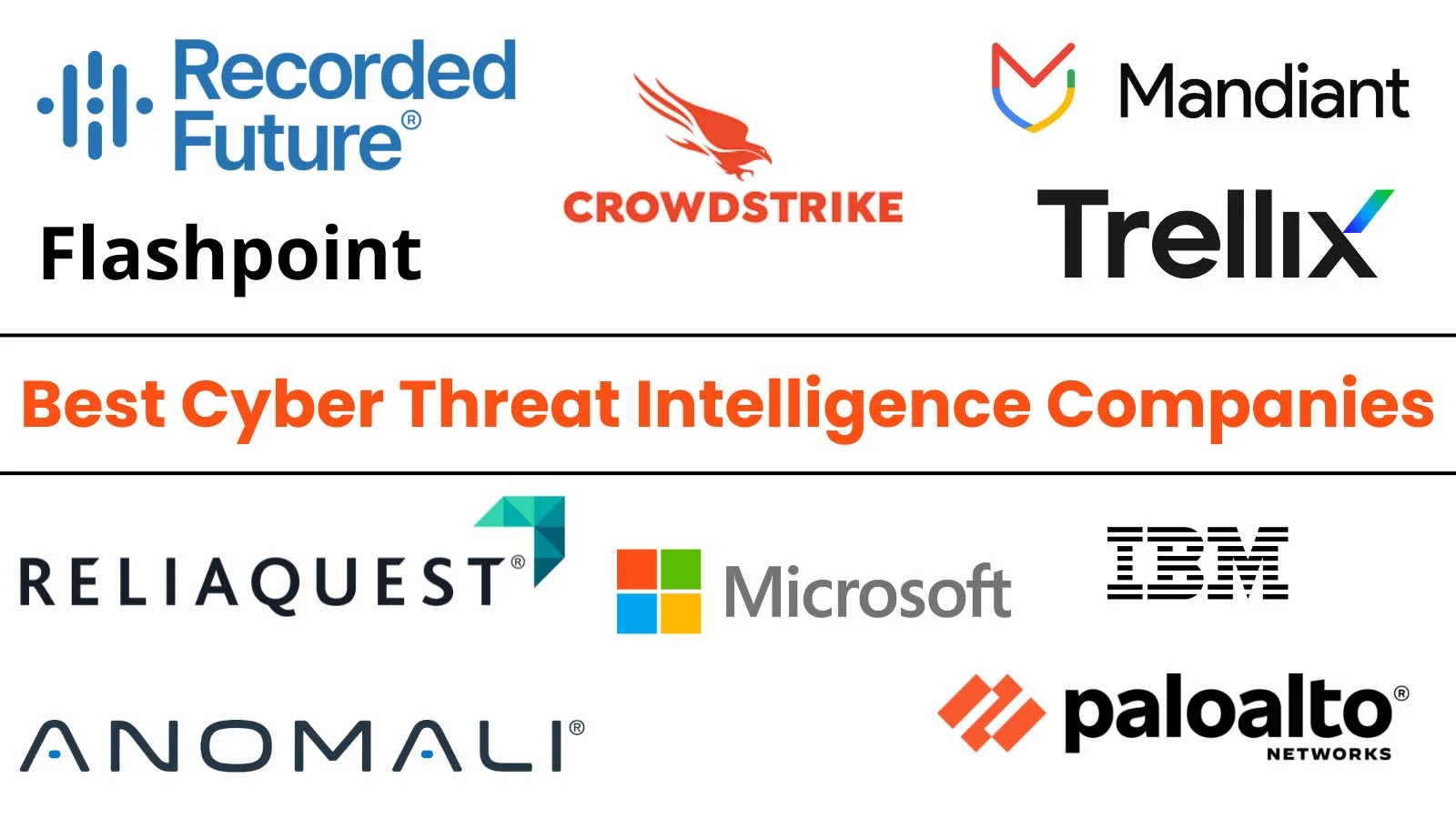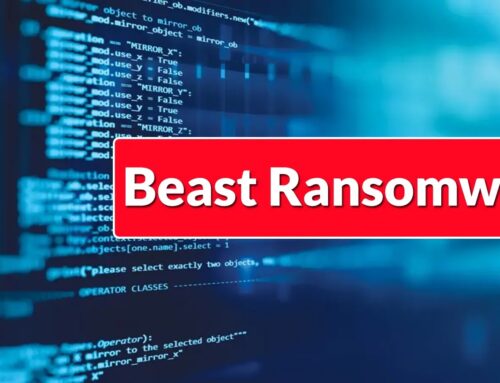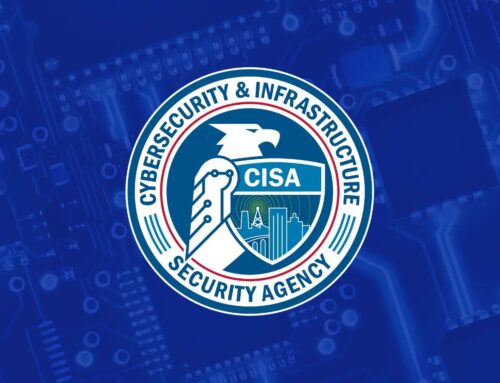
Top 10 Best Cyber Threat Intelligence Companies in 2025
The Unseen Battle: Why Cyber Threat Intelligence is Non-Negotiable in 2025
In a world increasingly defined by digital interactions, the threat landscape evolves at an alarming pace. Organizations today face a relentless barrage of sophisticated and persistent cyberattacks. The days of reactive security measures are long gone; proactive defense is the standard. This shift in paradigm underscores the critical importance of Cyber Threat Intelligence (CTI). CTI isn’t just a buzzword; it’s the strategic foresight that enables businesses to anticipate, understand, and neutralize threats before they can inflict significant damage.
As a cybersecurity analyst, I’ve witnessed firsthand the transformative power of robust CTI. It provides real-time insights, actionable intelligence, and the intelligence-driven defense mechanisms necessary to safeguard sensitive data and protect critical infrastructure. Without it, organizations are merely playing defense in the dark, vulnerable to financial losses, reputational damage, and operational disruption. This article delves into the top players shaping the CTI landscape in 2025, offering a strategic guide for any organization serious about their digital security.
Understanding Cyber Threat Intelligence (CTI)
Before we dive into the leading companies, let’s establish a clear understanding of CTI. At its core, CTI is the practice of collecting, processing, and analyzing information about potential threats and adversaries. This intelligence is then contextualized and disseminated to relevant stakeholders to inform security decisions and actions. It moves beyond raw data, providing context on who is attacking, why, how, and what the potential impact could be. This proactive stance is crucial for effective risk management.
- Strategic Intelligence: High-level information about the global threat landscape, adversary capabilities, and geopolitical motivations.
- Operational Intelligence: Details about specific attack campaigns, Tactics, Techniques, and Procedures (TTPs) used by threat actors, and observed threat actor behaviors.
- Tactical Intelligence: Technical indicators of compromise (IOCs) such as malicious IP addresses, domain names, file hashes, and specific malware samples.
The Imperative for CTI in 2025
The year 2025 presents a unique set of challenges that magnify the need for advanced CTI. We are seeing:
- Increased sophistication of ransomware and supply chain attacks.
- The rise of AI-powered phishing and social engineering campaigns.
- Nation-state sponsored cyber espionage targeting critical infrastructure.
- Exploitation of newly discovered vulnerabilities, sometimes with zero-day attacks leveraging flaws like those seen in CVE-2024-XXXXX (hypothetical).
- An expanding attack surface due to pervasive cloud adoption and IoT proliferation.
In this turbulent environment, relying solely on firewalls and antivirus software is akin to bringing a knife to a gunfight. CTI empowers organizations with the knowledge to predict and prevent, rather than merely react to, these evolving threats.
Top 10 Best Cyber Threat Intelligence Companies in 2025
Based on their innovation, comprehensiveness, and impact within the industry, here are the leaders in Cyber Threat Intelligence for 2025:
While the original source post for “Top 10 Best Cyber Threat Intelligence Companies in 2025” is undergoing its final updates and will soon be live on cybersecuritynews.com, industry analysis points to these companies as consistently delivering cutting-edge CTI solutions:
(Note: The full list and detailed analysis will be available in the referenced article. This section provides an indicative overview based on current market trends and consistent performance.)
The referenced article from cybersecuritynews.com highlights the critical role of these providers in equipping organizations with the necessary tools to combat advanced and persistent threats daily. These companies excel in providing real-time insights and actionable intelligence, which are indispensable for protecting sensitive data and critical infrastructure.
- Mandiant (Google Cloud): Renowned for its incident response expertise and threat hunting capabilities, Mandiant offers deep insights into advanced persistent threats (APTs) and sophisticated attack campaigns. Their intelligence is often derived from real-world breach investigations.
- CrowdStrike: A leader in endpoint protection, CrowdStrike’s Falcon platform integrates robust CTI directly into its offerings, providing unparalleled visibility into adversary activity and TTPs. Their intelligence often focuses on attacker behavior.
- Recorded Future: Specializes in fusing automated data collection with human analysis across a vast array of open, dark, and technical web sources to deliver highly contextualized and actionable intelligence. They are strong in vulnerability intelligence and brand protection.
- ThreatConnect: Offers a uniquely integrated platform that combines threat intelligence with security orchestration, automation, and response (SOAR) capabilities, allowing organizations to operationalize CTI effectively.
- FireEye (now part of Trellix): Known for its advanced malware analysis and deep understanding of sophisticated threat actors, FireEye’s intelligence offerings provide proactive defensive capabilities.
- Palo Alto Networks (Unit 42): Their Unit 42 research team delivers world-class threat intelligence, focusing on emerging threats, attack techniques, and vulnerability exploitation. Their CTI is deeply integrated into their extensive security product suite.
- Anomali: Provides a comprehensive threat intelligence platform that aggregates, correlates, and enriches intelligence from various sources, helping organizations to proactively identify and mitigate threats.
- Group-IB: With a strong focus on high-tech cybercrime and intellectual property protection, Group-IB offers unique insights, especially into financial threats and sophisticated fraud.
- Flashpoint: Specializes in intelligence from illicit online communities and the deep/dark web, offering critical insights into adversary motivations, capabilities, and upcoming attacks.
- ReliaQuest: Delivers extended detection and response (XDR) capabilities powered by CTI, enabling organizations to unify security operations and improve threat visibility across their entire environment.
Choosing the Right CTI Partner
Selecting a CTI provider isn’t a one-size-fits-all decision. Organizations must consider several factors:
- Alignment with Business Needs: Does the CTI focus on threats relevant to your industry and assets?
- Actionability of Intelligence: Can the intelligence be easily integrated into existing security tools and acted upon by your team?
- Coverage and Sources: What is the breadth and depth of their intelligence sources (open-source, dark web, proprietary)?
- Delivery Mechanisms: How is the intelligence delivered (API, platform, reports)?
- Integration with Existing Stack: Will it seamlessly integrate with your security information and event management (SIEM), security orchestration, automation, and response (SOAR), or endpoint detection and response (EDR) solutions?
- Expertise and Support: Does the provider offer expert analysis and ongoing support?
Remediation Actions: Operationalizing CTI
Acquiring CTI is only half the battle; operationalizing it is key to its value. Here are actionable steps for leveraging CTI effectively:
- Integrate Indicators of Compromise (IOCs): Feed tactical IOCs (e.g., malicious IP addresses, hash values from CVE-2023-XXXXX exploiting a known flaw) into your firewalls, EDR, and SIEM systems for automated blocking and detection.
- Enhance Threat Hunting: Use operational intelligence to proactively hunt for adversary TTPs within your environment, not just known IOCs. This includes searching for suspicious behaviors that might indicate an attack previously observed by CTI providers.
- Improve Vulnerability Management: Strategic and operational intelligence on exploited vulnerabilities (like those related to CVE-2024-AAAAA, a hypothetical critical vulnerability) can prioritize patching efforts, focusing on what attackers are actively exploiting.
- Train and Educate Staff: Use CTI to inform security awareness training, illustrating real-world attack scenarios and social engineering tactics.
- Strategic Risk Assessment: Leverage strategic intelligence to perform more accurate risk assessments, understanding potential future threats to your organization.
- Develop Playbooks: Create incident response playbooks informed by CTI, outlining specific actions for addressing known adversary TTPs.
Conclusion
The landscape of cyber threats will only grow more complex. In 2025, Cyber Threat Intelligence is not merely an advantage; it is a fundamental requirement for business continuity and resilience. The leading CTI companies are at the forefront of this battle, equipping organizations with the foresight to defend against sophisticated adversaries. By judiciously selecting a CTI partner and actively operationalizing the intelligence they provide, businesses can strengthen their security posture, protect their most valuable assets, and navigate the digital future with confidence.





